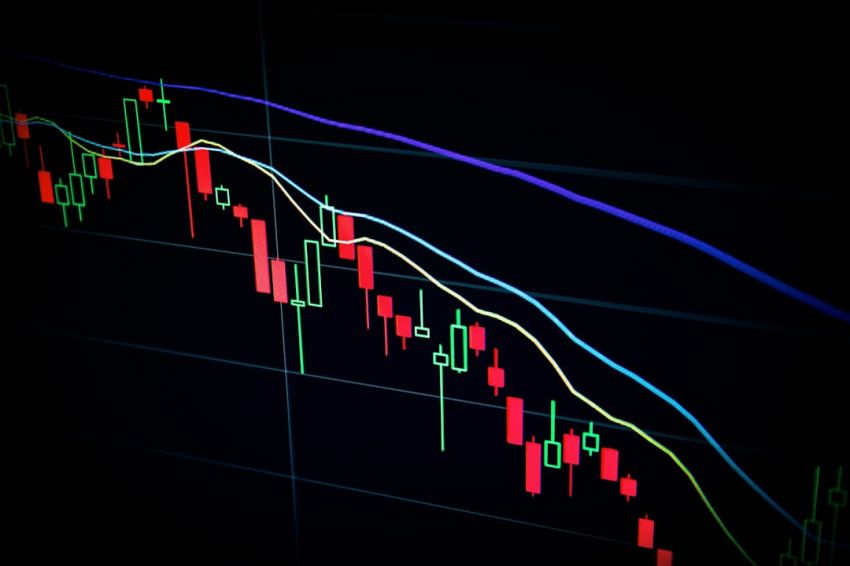Day trading is a fast-paced and exhilarating way to participate in the financial markets. However, this type of trading also comes with inherent risks due to the volatile nature of the market. Successfully managing risk is crucial for day traders to protect their capital and achieve long-term profitability.
Understanding Risk in Day Trading
Before delving into the strategies for managing risk in day trading, it is essential to have a clear understanding of what risk entails in this context. Risk in day trading refers to the potential for financial loss that arises from market volatility, unexpected events, or trading decisions. Due to the high frequency of trades and short holding periods typical of day trading, the potential for both gains and losses is amplified.
Setting Risk Tolerance Levels
One of the fundamental principles of risk management in day trading is setting clear risk tolerance levels. This involves determining the maximum amount of capital that you are willing to risk on a single trade or in a trading session. By establishing these boundaries, you can avoid making impulsive decisions based on emotions and stick to a disciplined approach to trading.
Implementing Stop Loss Orders
Stop loss orders are essential tools for managing risk in day trading. A stop loss order is a preset level at which a trade will automatically be closed to limit losses. By setting stop loss orders, day traders can define their risk on each trade and prevent significant losses in case the market moves against their position. It is crucial to place stop loss orders at strategic levels based on technical analysis and risk tolerance.
Using Proper Position Sizing
Proper position sizing is another critical aspect of risk management in day trading. Position sizing refers to determining the number of shares or contracts to trade based on the size of your trading account and the level of risk you are willing to take. By carefully calculating position sizes, day traders can control their exposure to the market and avoid overleveraging, which can lead to substantial losses.
Diversifying Your Trades
Diversification is a key risk management strategy that can help mitigate the impact of adverse market movements on your overall trading portfolio. By trading different asset classes, sectors, or trading strategies, you can spread risk across multiple positions and reduce the likelihood of suffering significant losses from a single trade. Diversification can also provide opportunities for capturing profits in various market conditions.
Staying Informed and Adapting to Market Conditions
In day trading, staying informed about market developments and economic indicators is crucial for making informed trading decisions and managing risk effectively. By monitoring news, market trends, and key events, day traders can anticipate potential price movements and adjust their strategies accordingly. Being flexible and adapting to changing market conditions is essential for minimizing risks and capitalizing on trading opportunities.
Continuous Learning and Improvement
Risk management in day trading is an ongoing process that requires continuous learning and improvement. By analyzing past trades, evaluating performance, and identifying areas for improvement, day traders can refine their strategies and enhance their risk management practices. Engaging in self-reflection and seeking feedback from experienced traders can also help in developing a robust risk management framework.
Incorporating Risk Management into Your Trading Plan
Effective risk management should be an integral part of your day trading plan. By incorporating risk management principles into your trading strategy from the outset, you can build a solid foundation for long-term success in day trading. Consistent adherence to risk management guidelines and disciplined execution of trading strategies are essential for navigating the challenges of day trading and achieving your financial goals.
Conclusion: Mastering Risk Management in Day Trading
Managing risk in day trading is a dynamic and challenging endeavor that requires a combination of discipline, strategy, and continuous learning. By setting clear risk tolerance levels, using stop loss orders, implementing proper position sizing, diversifying trades, staying informed, and continuously improving your skills, you can enhance your risk management capabilities and increase your chances of success in the fast-paced world of day trading. Remember that risk is an inherent part of trading, and by managing it effectively, you can protect your capital and build a sustainable trading career.










